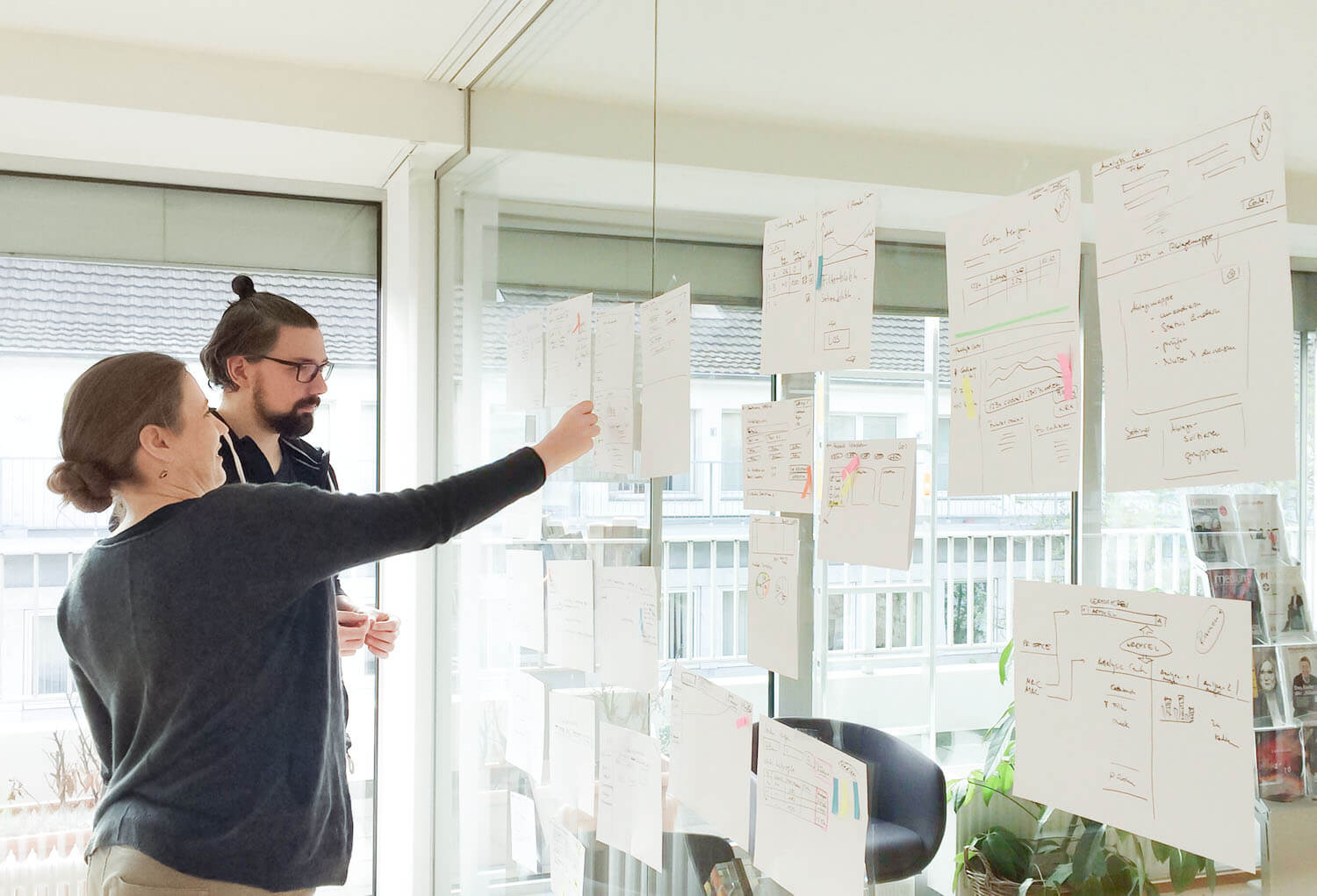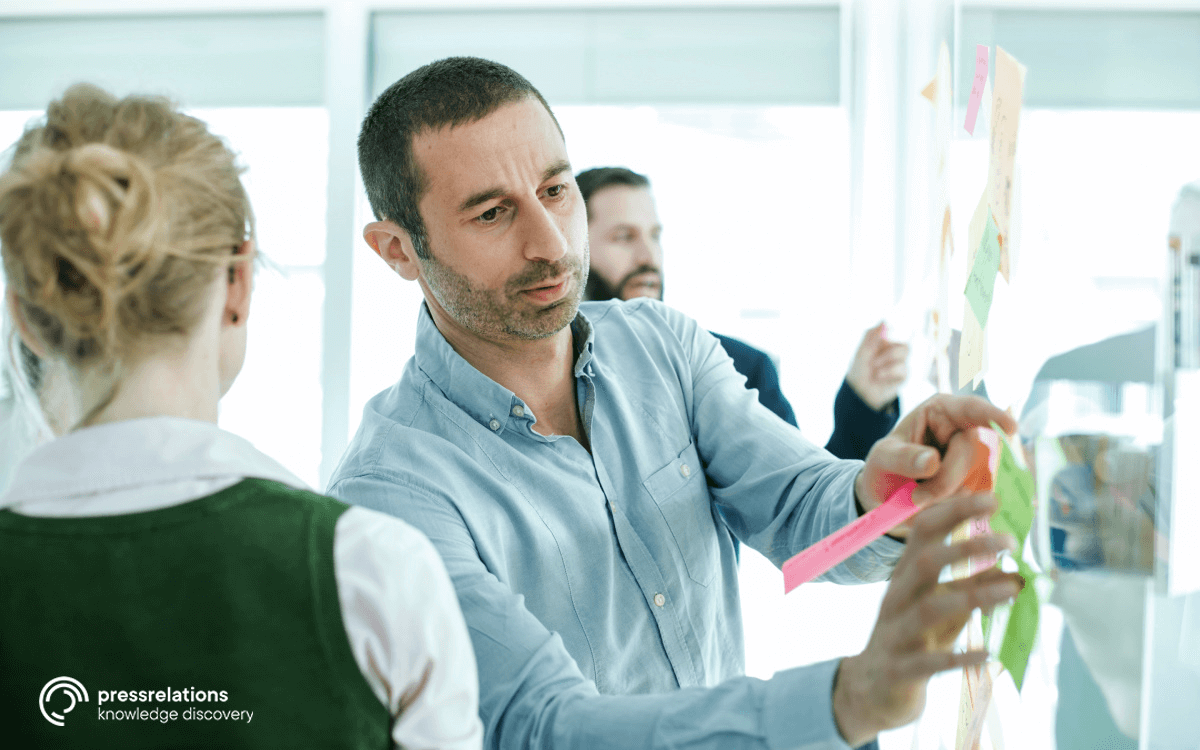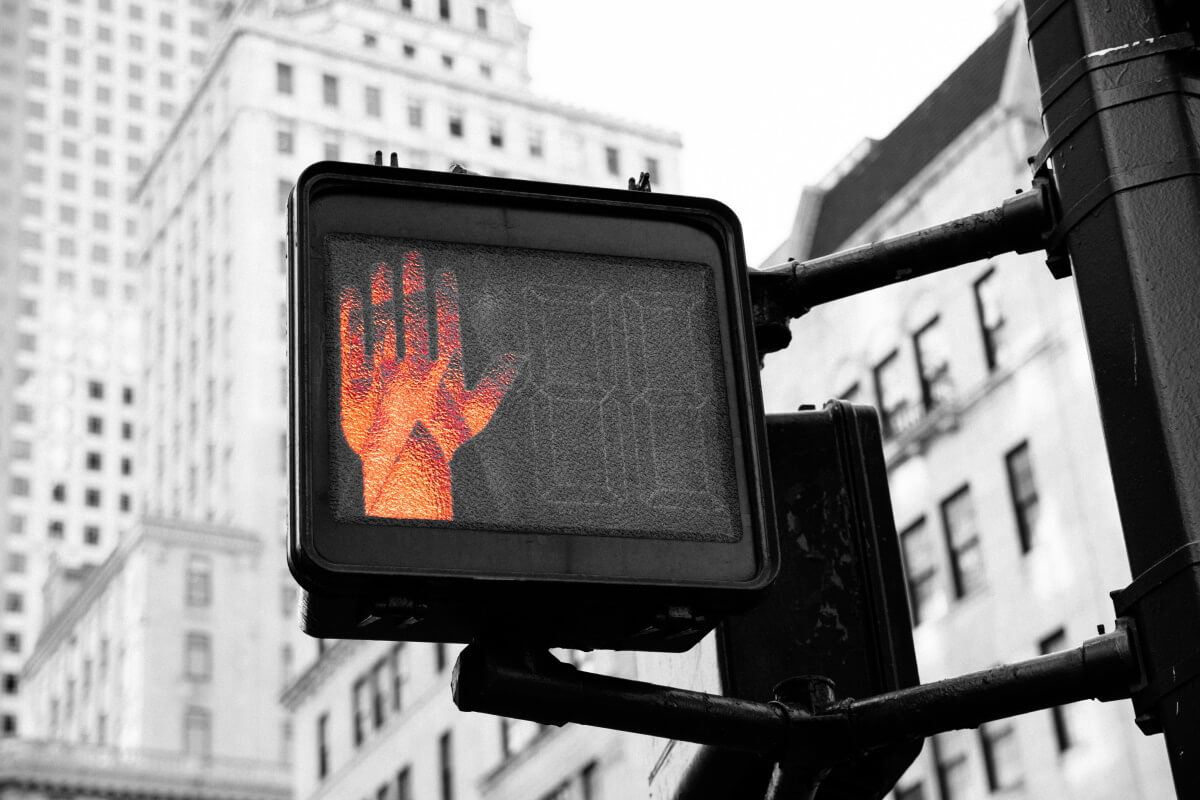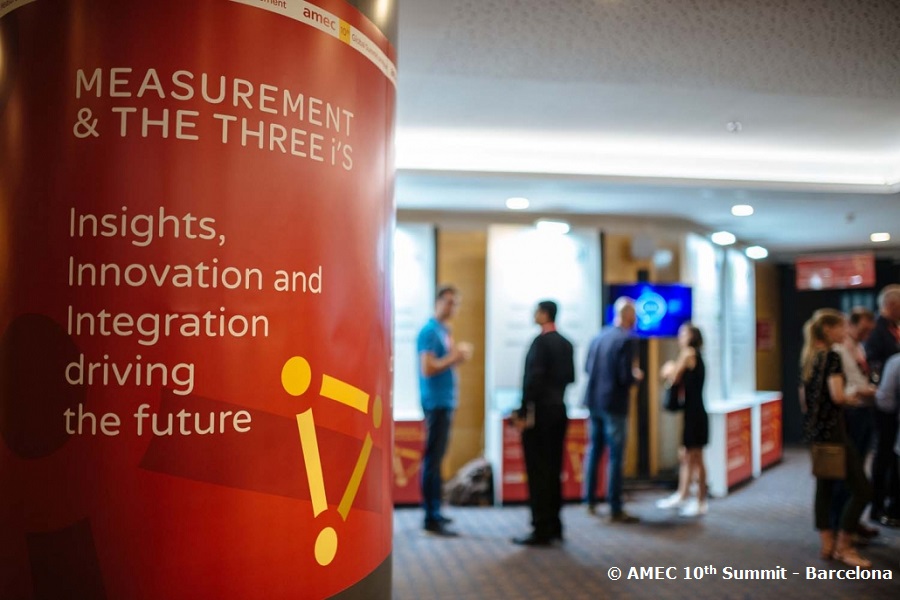How software development had to change in the last years
As companies grow larger, the question of how to best organize and optimize work processes arises. In this blog interview, we want to find out how teamwork at pressrelations functions, what role the Agile mindset plays in it and what qualities and skills developers should have.
Phuong, you have been with pressrelations for 15 years now – how has your job changed over the years?
Phuong: Since 2005 a lot has changed of course: We have grown strongly and have developed from an online press service to an international provider of cross-media monitoring and media analysis. Today 180 colleagues work for our clients at eight locations in Germany and abroad. These changes also made it necessary for us to change the way we work.
In what way? Can you give an example?
Phuong: In development, we started to introduce Agile software development based on Scrum several years ago – with the goal of making our workflows more efficient, creating more transparency and thus at the end of the day being more productive. In the beginning this was an experiment for us. In the meantime, it has developed into an Agile way of working, which we have adapted to ourselves and our needs. The change has helped us to break down sovereign knowledge and rigid task assignments and to function better as a team. Everyone now knows what their colleagues have on the table and can take over if necessary. In this way knowledge is not lost, but shared. We bear joint responsibility for the code.
Other companies buy technology & software – why is that not an option for you?
Phuong: For us, it is not a good model. We need people who think and participate in the design process and don’t program bluntly things they have no influence on. Our developers are involved in the conception and planning from the very beginning, so they also have an advisory role in the team. This means we can focus much more on the problem and look for solutions that offer real added value for customers and users. The faster communication channels also make us more flexible. This makes it easier for us to react to changes and requirements and to implement them.
Your teams are made up of colleagues from different disciplines – how exactly does this collaboration work?
Mirja: The implementation of our Media Review Center (MRC) is a project that we applied as a cross-functional team. MRC is the system through which our media analysts create and send out media reviews. Before anything at all was coded, we first spent a week designing it in workshops. Among the participants were editors, developers, product owners and our UX designer. The goal: to develop a useful product that simplifies and improves the work processes of the media analysts. Only when the concept was ready did we start the first sprint, accompanied by regular stand ups and retrospectives, where the whole team defines, prioritizes, changes, if necessary, adapts and reflects the course of the project.
What are your tasks as a product owner?
Mirja: All requirements concerning new or existing features, applications and products land on my desk. I first must get an overview and understand what exactly is behind it and where the problems lie. Then I must decide which requirements make sense and have the potential to become a project or product. Sure, sometimes I must reject things that are going in the wrong direction – that also leads to discussions and requires careful communication, but also assertiveness.
Once a requirement has made it onto the task list, I start researching: What exactly do the user requirements look like? What experiences have already been made? How are the target groups defined? How does the competition deal with the problem? Finally, I bring people together to form a team and develop the project plan.
What is the biggest challenge in your everyday work?
Mirja: The biggest task is to process the many different internal and external requirements, prioritize them, pour them into projects and products and manage them successfully with the available resources.
Madleen, you are a UX and UI designer at pressrelations – what exactly do you do there?
Madleen: I work closely with the product owners and developers to develop or adapt new products or features. UX (User Experience) design is primarily concerned with functionality. So, with the question: How does e.g. the NewsRadar® have to be structured and built so that users can find the information they are looking for? In contrast, UI (User Interface) design focuses on the visual. The two cannot be separated. That’s why I work in both disciplines. Before the actual design, however, concept and strategy come first: In order to do that, our team meets up for scribbling. That means we sketch out our ideas and visualize solutions to a problem. Using this information, I then create mock-ups that are used for further coordination. The goal is always to get feedback quickly and without much effort, which can then be further incorporated into the design.
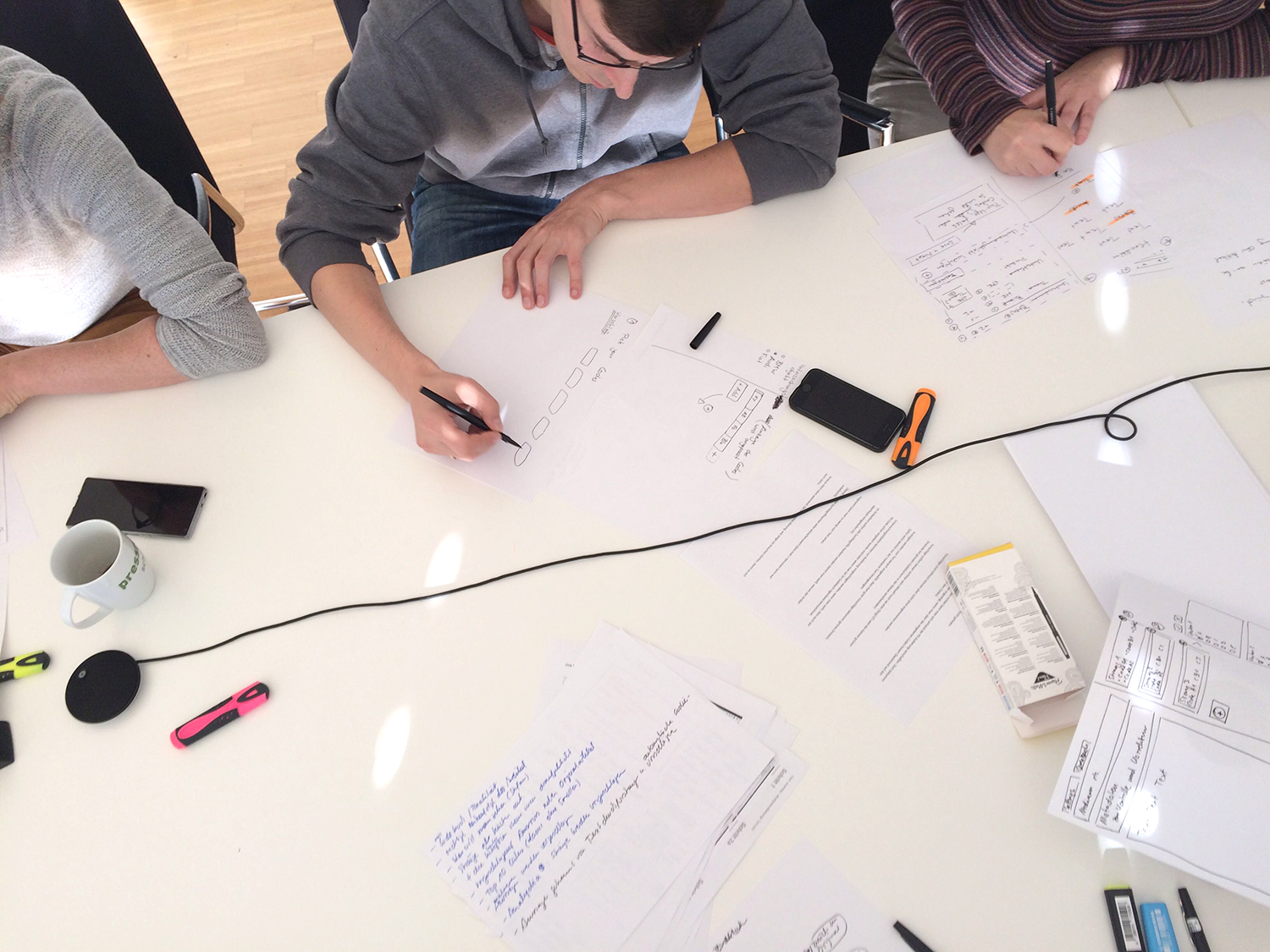
What are the most important qualities that new colleagues should bring with them?
Madleen: An important quality is the willingness to openly contribute and share one’s knowledge. People should also have the ability to give and receive constructive feedback from others.
Phuong: Above all, you have to be able to communicate and look beyond your own horizon. This includes, for example, being able to explain technical concepts in such a way that they are also understood by non-developers.
On which skills do you place an emphasis in developers?
Phuong: Well, they should already have experience in web development and with programming languages such as Ruby or similar. It is also an advantage to be familiar with relational databases or search engines like Elasticsearch. But we do not necessarily expect a degree in computer science. Many of our colleagues are career changers – we have had philosophers, Germanists, geographers, linguists and information scientists in our team. Technical knowledge can be learned. Skills such as team and communication skills, creativity, flexibility, openness and the courage to approach problems that are new and unknown are exactly as important to us.
What motivates you to go into the office after 15 years?
Phuong: For me, it’s above all the freedom to be creative, to bring in your own ideas and make decisions. I also find it motivating to receive continuous feedback from my team and to work in an environment with very flat hierarchies.
Many thanks for the interview!
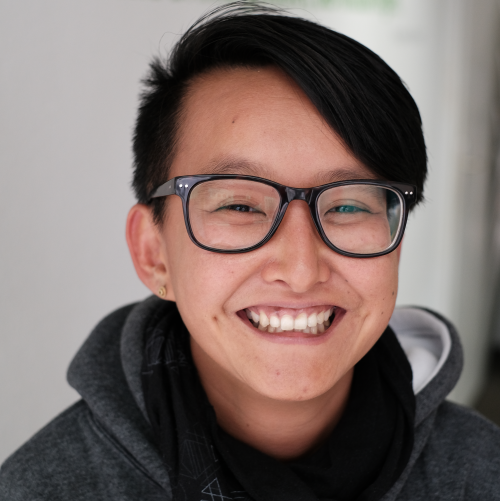
Phuong Tat has a master’s degree in computer science and has been working for pressrelations for 15 years. She joined the company as an intern in 2005 and since then has accompanied and expanded the software development team. Today, Phuong works as a Senior Full Stack Developer in a cross-functional team. 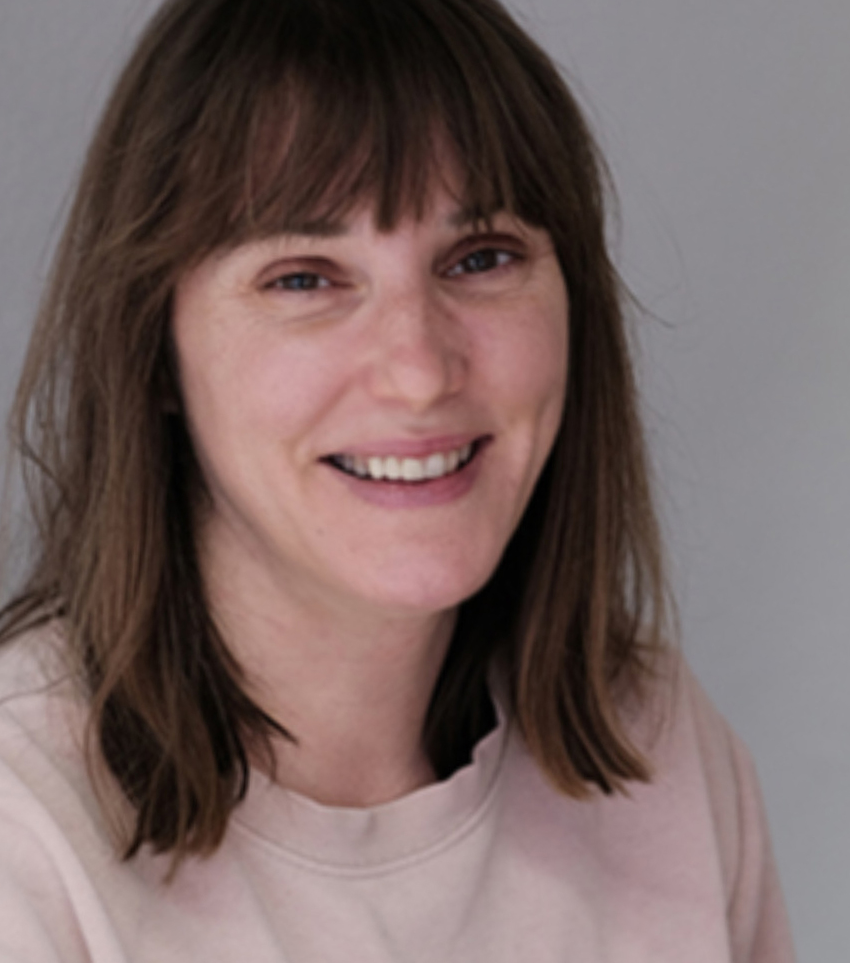
Madleen Pförtner completed her training as a digital media designer 20 years ago. She then studied communication design at the FH Düsseldorf and worked as a graduate designer in various agencies. At pressrelations she has been supporting developers and product owners as a UX & UI designer since 2018. 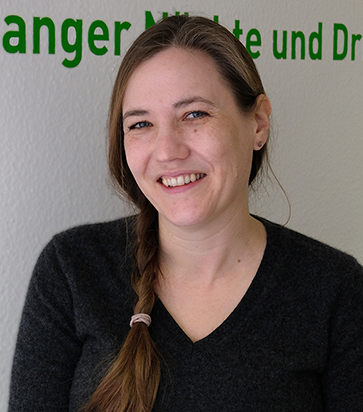
Mirja Eckhoff has a master’s degree in humanities from the University of Cologne. She has been with pressrelations since 2007 and has already held many positions there: She worked in editorial and analysis departments and as a team and specialist manager. She now bundles her broad expertise in her role as Product Owner.
You want to know more about how we work at pressrelations? Or you are looking for a job? Then have a look at our job offers.
